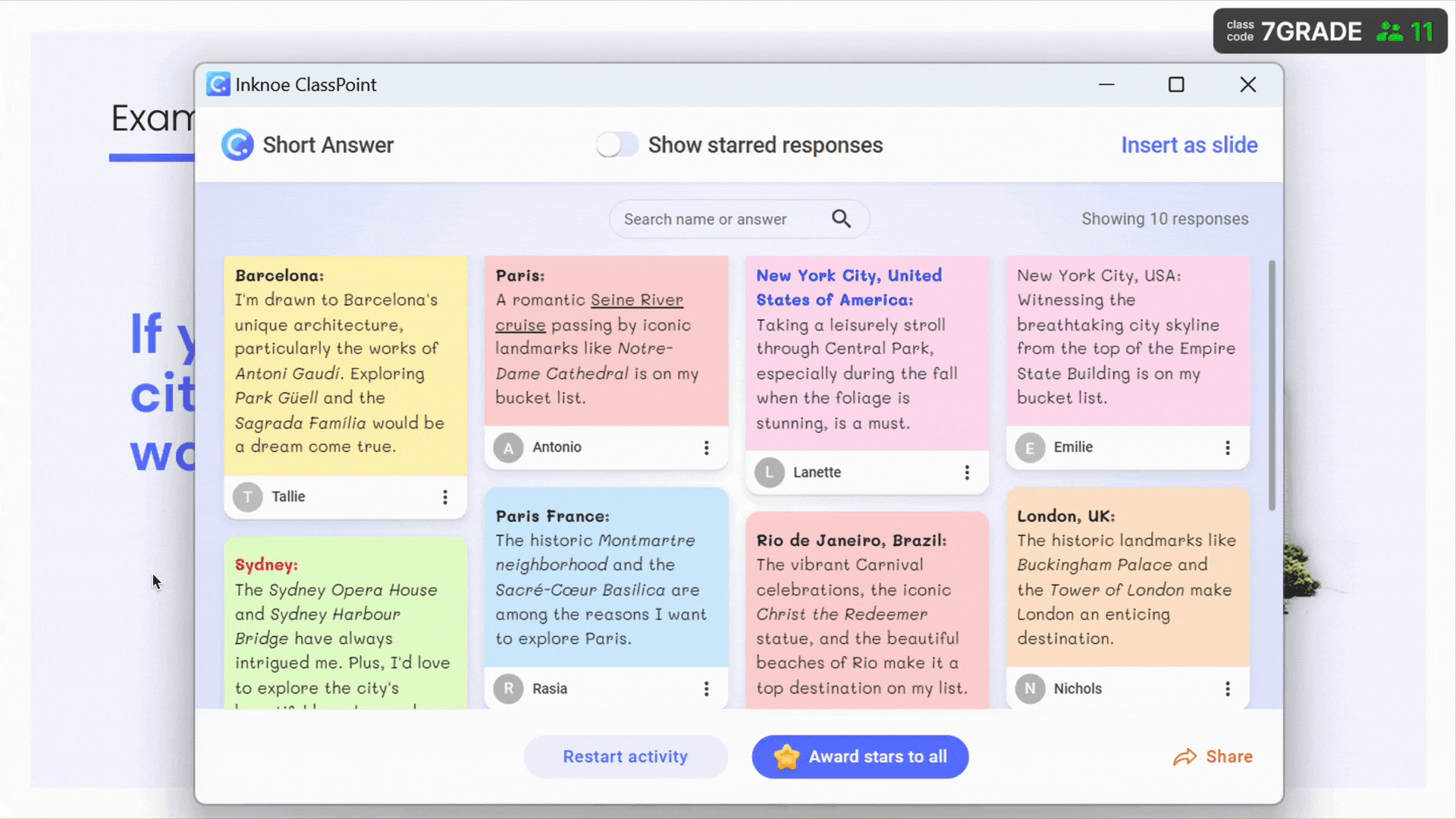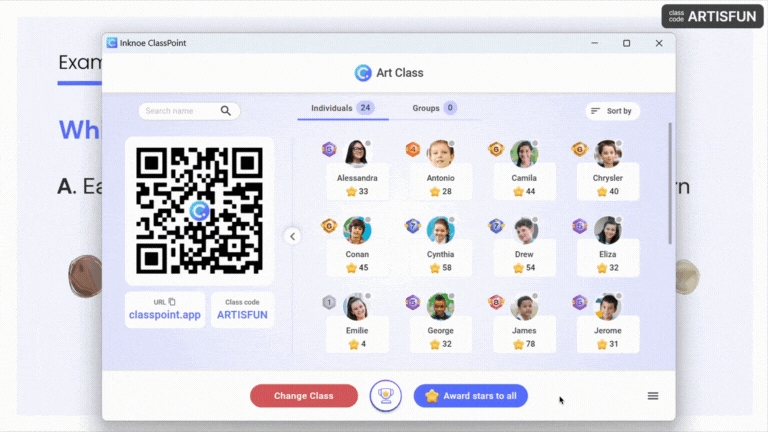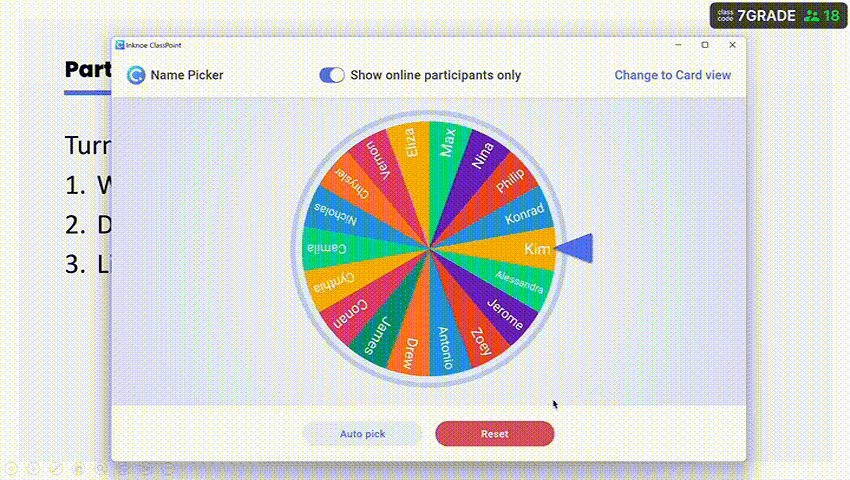Have you ever asked a question in class, only to get an uncomfortable silence in return? It’s a familiar scenario every educator has faced. Deep down, we all want the same thing: for our students to succeed. But sometimes, they just need a little nudge to speak up, find their voice, and share what’s on their mind.
If you’re looking for that gentle push, sentence stems could be just what you need. But what exactly are they?
Sentence stems, also known as sentence starters or frames, are partial phrases that give your students a head start when expressing their thoughts. They act as open-ended prompts or fill-in-the-blank sentences that help them organize ideas, structure their responses, and take that first step into a conversation.
Let’s take a closer look at how they work and why they are such a powerful tool in the next section.
Here’s our compilation of 150 Fun Fill in the Blank Game Questions Across Different Categories
Why Sentence Stems Work: Benefits for Every Learner
Sentence stems go beyond being academic scaffolds. They do more by serving as practical tools that spark clearer thinking, boost student confidence, and invite fuller participation. The result? A more vibrant and lively classroom.
Here’s how they support diverse groups of learners.
| Student Group | Benefit Area | Details |
|---|---|---|
| All Students | Boosts engagement | Provides a simple way to begin responses, encouraging wider participation, especially in discussions. |
| Supports clear expression | Helps students focus on what they want to say instead of how to phrase it. | |
| Strengthens comprehension | Keeps answers aligned with learning objectives, reinforcing key concepts. | |
| Builds confidence | Lowers the fear of getting started and helps students feel more comfortable contributing. | |
| English Language Learners (ELLs) | Reduces language anxiety | Offers structured prompts that ease the pressure of forming complete responses from scratch. |
| Encourages richer language | Promotes the use of academic vocabulary and sentence structures students may not use independently. | |
| Improves understanding | Guides focus on lesson content, helping students express ideas more clearly. | |
| Promotes language development | Supports repeated exposure to proper syntax and vocabulary, fostering long-term growth. | |
| Unique Learners (Autism, ADHD, LD) | Increases participation | Reduces cognitive overload with structured starting points that help students engage. |
| Supports communication | Helps students who struggle to initiate or organize thoughts by giving clear prompts. | |
| Aids comprehension | Uses simplified sentence frames that make complex ideas easier to grasp. | |
| Grows self-confidence | Breaks tasks into manageable parts, allowing small wins that build independence and trust in their abilities. |
For All Students
Every student benefits from having a clear guide when sharing their responses in class. Sentence stems do exactly that by offering a strong structure and consistent support that helps them focus on what they want to say. With this guidance, learners are more likely to participate equitably and contribute with greater depth.
Here’s how sentence stems can support your students:
- Boosts engagement by giving everyone an easy way to start a response, especially in group discussions.
- Supports clear expression by helping students focus on content, not just how to phrase it.
- Strengthens comprehension by aligning responses with lesson objectives.
- Builds confidence and encourages participation by lowering the fear of getting started.
For English Language Learners (ELLs)
More often than not, ELL students know what they want to say but may lack the language to express it clearly. But fret not, sentence stems provide them a valuable starting point, easing the pressure of finding the right words. In addition, they reduce stress, support ongoing language development, and help ELLs participate more confidently in content learning.
To help spark inspiration, here are 8 Fool-Proof Strategies for ELL Students That Will Supercharge Their Learning.
Here’s how sentence stems specifically support ELLs:
- Reduces language anxiety by offering safe, structured ways to speak or write.
- Encourages richer language use with academic vocabulary and sentence patterns.
- Improves understanding by guiding students toward key concepts.
- Promotes language development while allowing them to express complex ideas.
To learn more about supporting ELL students in the classroom, check out our 8 fool-proof strategies to supercharge their learning
For Unique Learners (e.g., students with autism, ADHD, or learning disabilities)
For students with learning differences, extra support mustn’t go missing. The good thing? Sentence stems give them a structured prompt that can reduce overwhelm, support clearer communication, and encourage greater independence.
Here’s how they make a difference for unique learners:
- Increases participation by reducing cognitive overload and providing direction.
- Supports communication for students who struggle to organize thoughts or initiate responses.
- Aids comprehension with clear sentence structure focused on the task.
- Grows self-confidence through small wins that lead to greater independence.
For more tips and tricks on providing individualized support to unique learners, check out this guide.
Whether your goal is to get more students talking or build a more inclusive classroom environment, sentence stems open a door of possibilities and scalable strategies you can confidently rely on. Now that we’ve covered how they support different learners, let’s explore the types of sentence stems you can use across subjects and discussions, whether you’re teaching language arts, social studies, science, or mathematics.
Language Arts Sentence Stems
In language arts, students usually have ideas but struggle to get them onto the page or into the conversation. Sentence stems give them a helpful way so they can express their thoughts more clearly.
Here are some stems you can use:
- The main idea of this text is … because …
- I think the author’s purpose was to … because …
- The character … is … because …
- I found … interesting because …
- This reminds me of … because …
- If I were … (character), I would … because …
Optional: To turn this into a more interactive learning experience, use ClassPoint’s Short Answer feature. Simply create activity PowerPoint slides, and prompt your students to submit short answers using sentence stems, all in PowerPoint.
More on how to run your first ClassPoint Short Answer activity here.

Social Studies Sentence Stems
Social studies is brimming with big ideas like history, culture, systems, and change. To prepare your students for these kinds of discussions, sentence stems help them make connections, think critically, and reflect on different perspectives.
Here’s how they can get started:
- One cause of … was …
- One effect of … was …
- … and … are alike/different because …
- If I lived during that time, I would … because …
- This is important because …
- If this happened today, …
Science Sentence Stems
From forming hypotheses to making observations, science is all about curiosity and communication. These sentence stems offer a helping hand for your students so they can explain their thinking as budding scientists.
Try using these in your next lesson:
- I predict that … because …
- The results show …
- I observed … when …
- I wonder what would happen if …
- We can find out by …
Optional: When using ClassPoint to run an interactive sentence stems activity, incorporate the Award Star feature. Show a visual leaderboard to make things exciting, and let students level up and earn badges along the way. It’s a fun and effortless way to keep the energy up and your class motivated.

Math Sentence Stems
Math explanations go beyond the answer and show the process. Sentence stems guide your students to share their reasoning, reflect on patterns, and explore new strategies.
Here are a few to support their math talk:
- To solve this, I …
- I notice that …
- I can check my work by …
- Another way to solve this is to …
- This reminds me of … because …
Discussion Sentence Stems
Whether it’s Think-Pair-Share, small group discussion, or whole-class dialogue, these discussion stems allow your students to build on ideas, agree or disagree respectfully, and stay engaged.
Here are some go-to starters to foster meaningful conversation:
- I think … because …
- I agree/disagree with … because …
- What I’m hearing you say is …
- One example is …
- I used to think …, but now I think …
Optional: For fairer participation, use ClassPoint’s Name Picker Wheel. It’s a simple way to randomly select students, add some excitement, and keep everyone on their toes. The spinning wheel adds just the right touch of fun and gamification to keep the class engaged.

Rounding It Up: Sentence Stems Empower Student Expression
As educators, we have the opportunity to help our students find and use their voice. Sentence stems offer a simple and effective way to build confidence, inspire participation, and guide students in expressing their thoughts with clarity and purpose.
Whether it’s sharing an idea, explaining their thinking, or responding to a classmate, sentence stems support thinking that goes beyond the surface and make it easier for every student to contribute with more thought and intentionality.
Without a doubt, the impact transcends the classroom. From conversations at home to future workplaces, strong communication is a skill they will carry with them. And starting with sentence stems is a small shift that can lead to a lasting difference.
FAQs
What are sentence stems in education?
Sentence stems are partial phrases or starters that help students begin their thoughts when speaking or writing. They guide expression, support structure, and encourage deeper thinking in the classroom.
How do sentence stems support student learning?
Sentence stems support student learning by providing a clear starting point for responses. They help students organize their thoughts, build confidence, and improve participation across all subjects.
Why are sentence stems effective for English Language Learners (ELLs)?
Sentence stems are especially effective for ELLs because they lower language barriers, reduce anxiety, and encourage students to use academic language while expressing their ideas more clearly and confidently.
Can sentence stems be used in all subject areas?
Yes, sentence stems can be used in all subjects, including language arts, math, science, and social studies. They help students explain reasoning, reflect on learning, and communicate with clarity.
How can teachers implement sentence stems in the classroom?
Teachers can implement sentence stems by adding them to slides, using them in discussions, or assigning them in writing tasks. Tools like ClassPoint also make it easy to collect and display responses.

